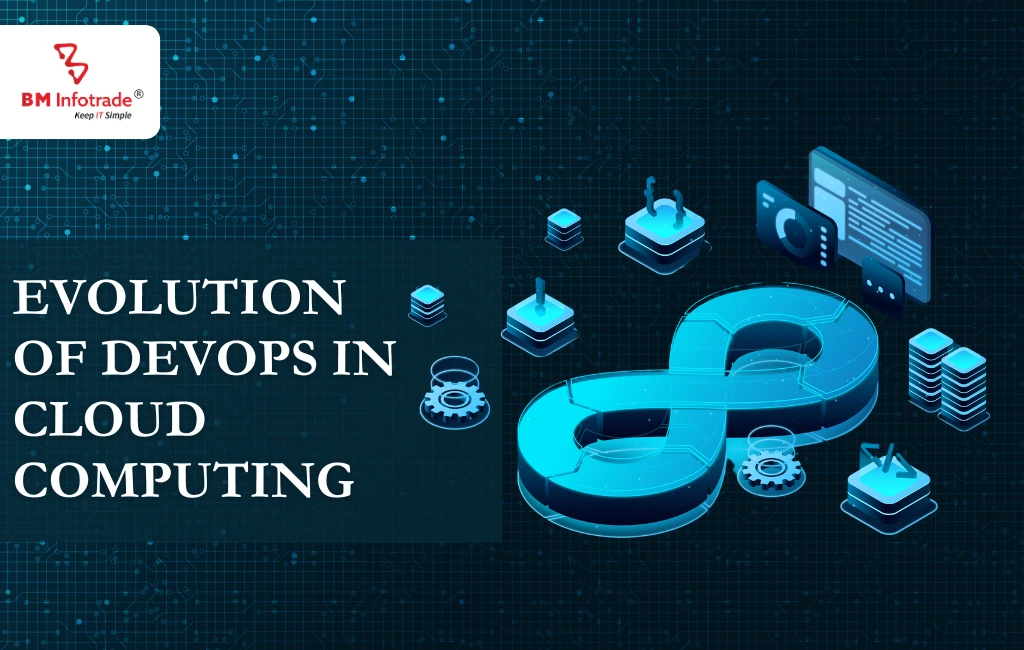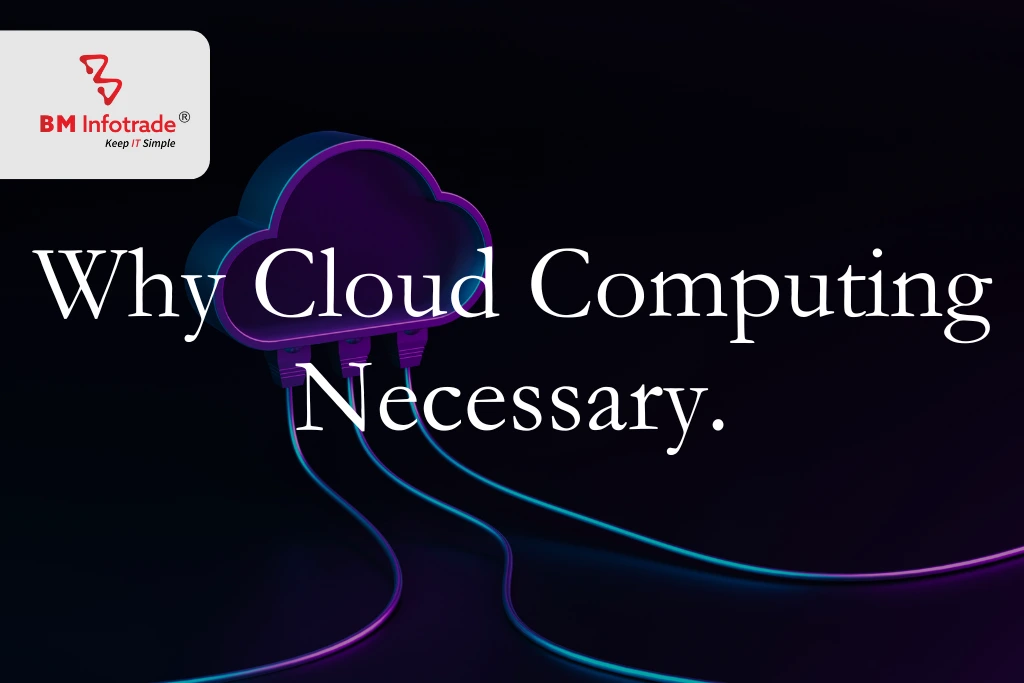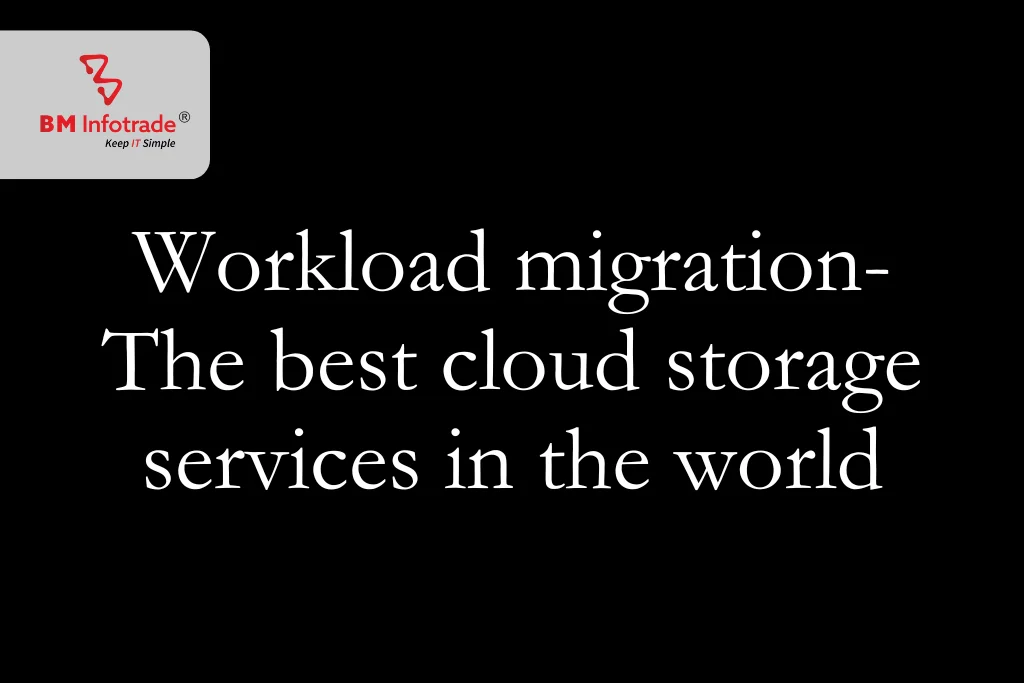Evolution of DevOps in Cloud Computing
Discover how DevOps and cloud computing have evolved together to transform software development through automation, scalability, and collaboration. Learn the benefits, challenges, and future trends shaping this dynamic synergy.

Evolution of DevOps in Cloud Computing
Table of Contents
Cloud computing has affected how companies think about software and IT in a profound manner. DevOps is one such feature that has played a strong role in the change. Encouraging people to work together, optimizing processes and using automation makes DevOps an essential element for organizations that want to grow and be innovative in the cloud age.
Understanding DevOps and Its Origins
DevOps is the integration of development and operations, and it emerged in response to the difficulties posed by the traditional software development model. In the past, developers were only involved in the creation of applications. Meanwhile, the pioneers had the role of deploying and handling the infrastructure. This separation of duties resulted in several inefficiencies, delays and even some communication breakdowns.
The phrase is said to have gained traction in the late 2000s when there was a need to promote the teamwork of these groups. Some of the basic concepts championed by DevOps are:
-
- 1. Communication: Removing boundaries between the development and the operations teams.
- 2. Test Automation: Minimising the manual effort required on recurring processes like testing and deployment.
- 3. Continuous Integration and Delivery (CI/CD): In full Continuous Integration and Continuous Delivery: In layman's terms, commits should be made more frequently, at the very least daily.
The Role of Cloud Computing in Accelerating DevOps
The growth and virality of DevOps have additionally been aided by the sheer prevalence of cloud tech. Cloud technology offers resources that are easily available and that are much needed to enhance and sustain DevOps work reflexes and develop on a much larger scale.

1. Scalability and Flexibility
Essentially, before cloud technology, organizations relied heavily on infrastructure that was only hosted locally, causing heavy costs and limitations. These limitations are lifted by the cloud since it offers resources that can be altered to the user’s desire, which in turn increases the efficiency of DevOps helpers and allows them to concentrate on innovative work only instead of focusing on the infrastructure.
2. Automation and Infrastructure as Code (IaC)
Iac IaC enabled would come in and allow for better automation in the long run The tools add up to automating the management of the infrastructure with the use of code; deployment as well modification would also ID such tools as notable Mentions would probably change the way DevOps works.
3. Enhanced CI/CD Pipelines
Everyone So cloud computing also has tools integrated into it that provide a great level of compromise and assist in the processes of delivery. Since these automated systems apply pipelines, the testing, build and application deployment processes become well-organized and come with less manual effort whilst maintaining a high level of quality.
The Evolution of DevOps in the Cloud Era
1. Early Adoption: DevOps Meets Cloud
During the early days after the introduction of cloud devices, DevOps tools largely dealt with the transition of legacy apps to the cloud. This required the applications to be modified to take full advantage of the hosted environment and the cloud-orientated applications.
2. Rise of Cloud-Native DevOps
As cloud technology grew more established, businesses were better equipped to start creating applications that were specifically developed for the cloud as opposed to cloud-bridged applications. Such apps would run solely in the cloud and would employ microservices, container and serverless architecture.
Major developments during this period are ruled by the use of the framework:
-
- 1. Docker and Kubernetes: Today, Docker and Kubernetes are some of the mainstream tools for DevOps, including its microservices model.
- 2. Serverless Computing Model: With tools like AWS Lambda in the market, code can be run without worrying about the hardware, offering great relief in development.
3. AI and Machine Learning in DevOps
The use of AI and ML is now the latest layer in DevOps integration. AI-based applications also help in predicting failures of systems, recommending optimum usage, bolstering security systems and so on, which lets the team members take precautionary measures.
Benefits of DevOps in Cloud Computing
1. Quick time to market
With the workflows mapped out and certain processes automated, DevOps in the cloud context boosts the speed of software development as well as its deployment, thereby making it possible for companies to make releases more frequently.
2. Better Teamwork
DevOps embraces a cross-team philosophy, not only development and operations teams but also business units. This fosters the achievement of organisational objectives and increases productivity.
3. Lower Costs
Cloud computing means customers do not have to incur the high cost of owning and maintaining on-site infrastructure. Together with DevOps practices such as automation or Infrastructure as Code (IaC) these costs can be further minimised.
4. Stronger Security
With modern development, security is included through all the stages of a product lifecycle; this is often referred to as DevSecOps. Utilising cloud-native security tools, the teams can efficiently make sure their systems are secure at the very beginning.
Challenges in Adopting DevOps in Cloud Computing
Although the cloud has numerous advantages, the adoption of DevOps embodies some challenges, such as:

1. Skill Gaps
A lot of firms have been struggling with the lack of sufficient skilled persons with DevOps experience and knowledge of cloud services. Learning and taking up certifications is necessary to close this loophole.
2. Tool Complexity
The wide range of tools suited for DevOps and cloud management can be a daunting task for teams. Determining the correct set and integration of every tool is very crucial.
3. Cultural Resistance
To adopt DevOps practices necessitates a change of organizational culture. This often translates to a change in practices which, if not managed well, would be met with resistance.
4. Security and Compliance
The cloud is said to be reliable and supports great security. However, compliance with the law of the industry as well as keeping the organization’s data from penetration is crucial.
Conclusion
The integration of DevOps and cloud computing has changed the way businesses design, implement, and maintain applications. The fusion of these types of technologies has facilitated automation and scalability as well as collaboration, which has tremendously broadened innovation.







Anshul Goyal
Group BDM at B M Infotrade | 11+ years Experience | Business Consultancy | Providing solutions in Cyber Security, Data Analytics, Cloud Computing, Digitization, Data and AI | IT Sales Leader